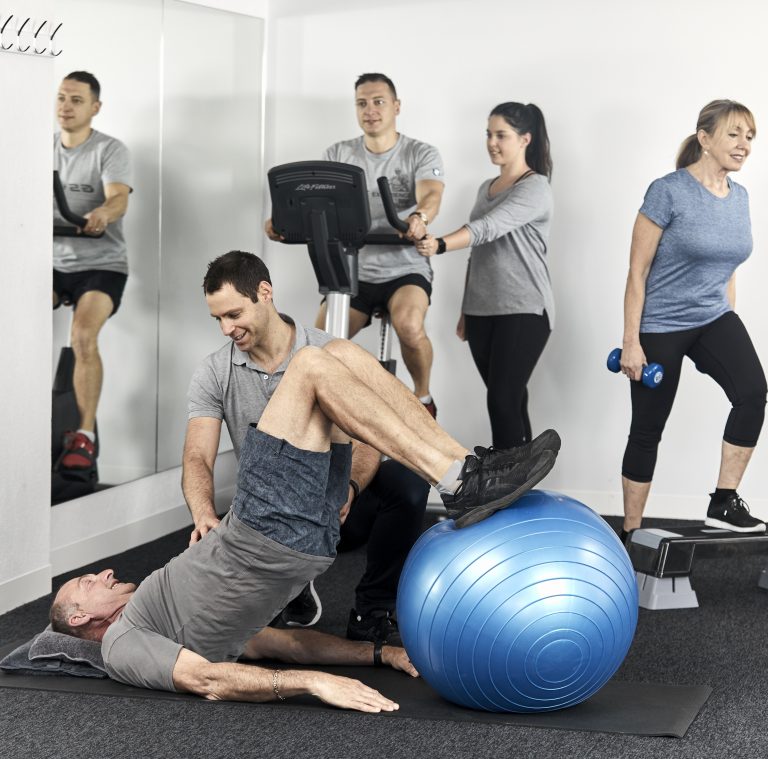Is your Bone Strength at Risk?
Over the next fortnight, we’ll be promoting Healthy Bones Action Week, which commences Monday 1st August. In the first of our two part series, we’ll begin to explain bone strength, and also provide you with a couple of ways you can improve bone strength. You can also click here to take this One Minute Osteoporosis Risk Assessment
In Australia, a bone is broken due to poor bone health every 3.4 minutes. Poor bone health affects 2 in 3 Australians over 50 years. From about this age, the risk of falling starts to increase and continues to do so proportionately with age. By age 65, about one third of people fall each year. The combination of poor bone health and a fall can leave you vulnerable to the unnecessary suffering caused by the resulting bone fractures.
In our last newsletter, we provided some great tips on improving your balance and preventing falls. We’re extending our free Falls Risk Assessments offer until Saturday 6th of August, so contact us now to take advantage of this great offer.
The Problem:
Osteopenia is a condition where bones have lost crucial minerals, bone structure can change and bones become more brittle. Osteopenia increases your risk of fracture, but it is reversible, through improved diet and supervised, targeted exercise.
Osteoporosis is what happens when Ostopenia continues to develop, and is not reversible, but it can be treated and managed to reduce the risk of fracture. Bones become fragile and brittle from the loss of bone minerals, – sometimes to the point where the slightest bump or fall can cause serious injury.
Recent studies have shown that in Australia, Osteoporosis affects:
● 33% of women over 50, half of which will suffer an osteoporotic fracture at one point in their lifetime
● 20% of men aged over 50, 1/3rd of which will suffer an osteoporotic fracture at one point in their lifetime.
What can you do to improve bone strength?
Platinum Physiotherapist Carlie Dean takes us through a case study:
Jane (not her real name) was diagnosed with Osteopenia following a Bone Mineral Density Scan. After attending our Pilates sessions twice a week for six months, she has seen her Bone Mineral Density improve to such an extent, that she is no longer in the osteopenic category. Her bone mineral density levels have returned to normal!
Targeted, supervised exercise is the most important and effective way in promoting bone strength. Our physiotherapists use their extensive knowledge, experience and expertise to provide exercises that specifically target and help to increase bone strength.
Boost calcium consumption: Food rich in calcium include yoghurt, cheese, and milk. And for the non-dairy lovers: spinach, legumes, and canned salmon (it’s the crushed bones that contain the salmon).
So be proactive. You can start now by making an appointment with one of our expert Physiotherapists (link) to get yourself on the path to stronger bones now – and take advantage of our Free Risk Assessments, available until the 6th of August.
Book in before it’s too late, and stay tuned for part 2 of our on Healthy Bones Action Week.







